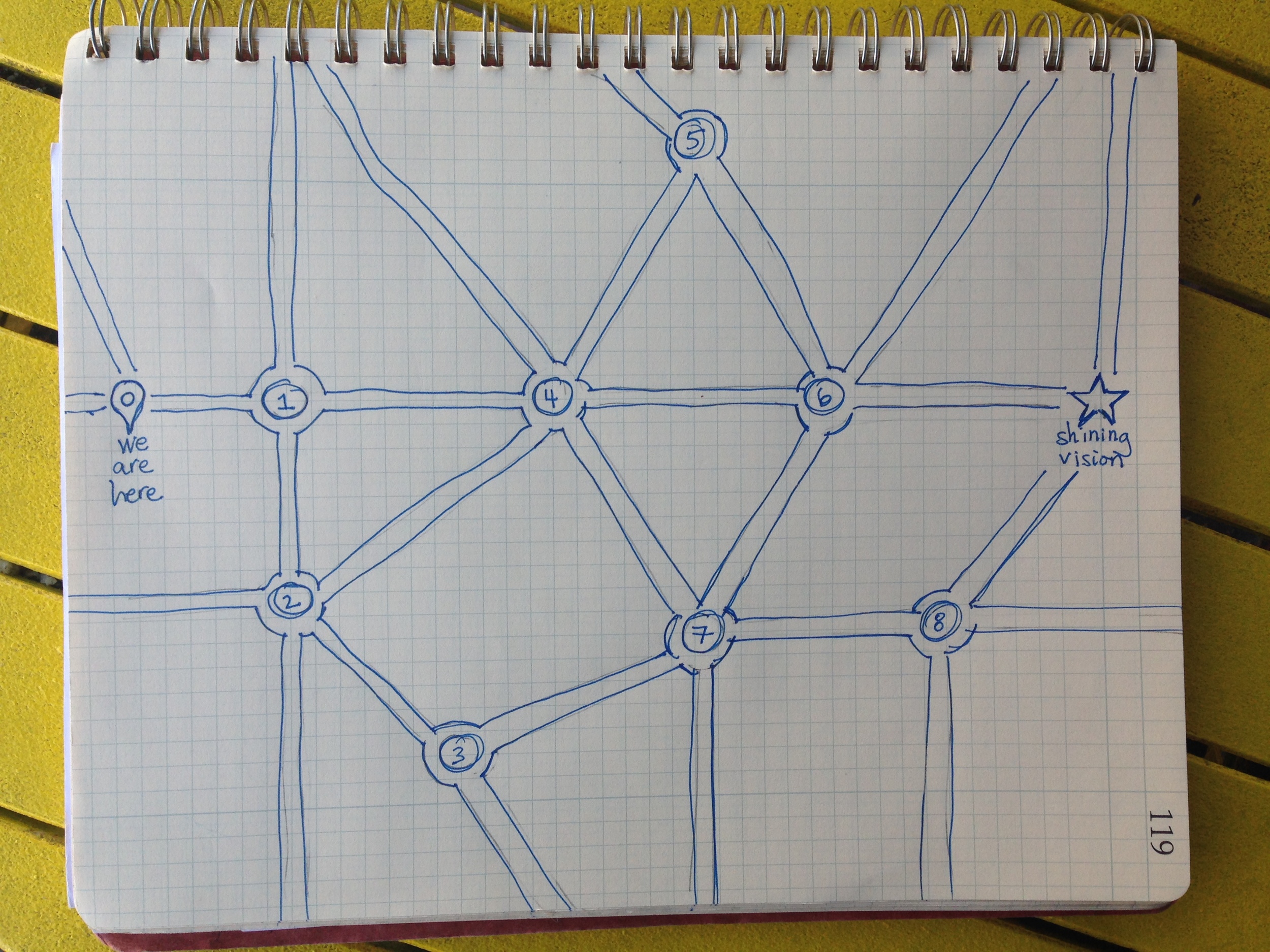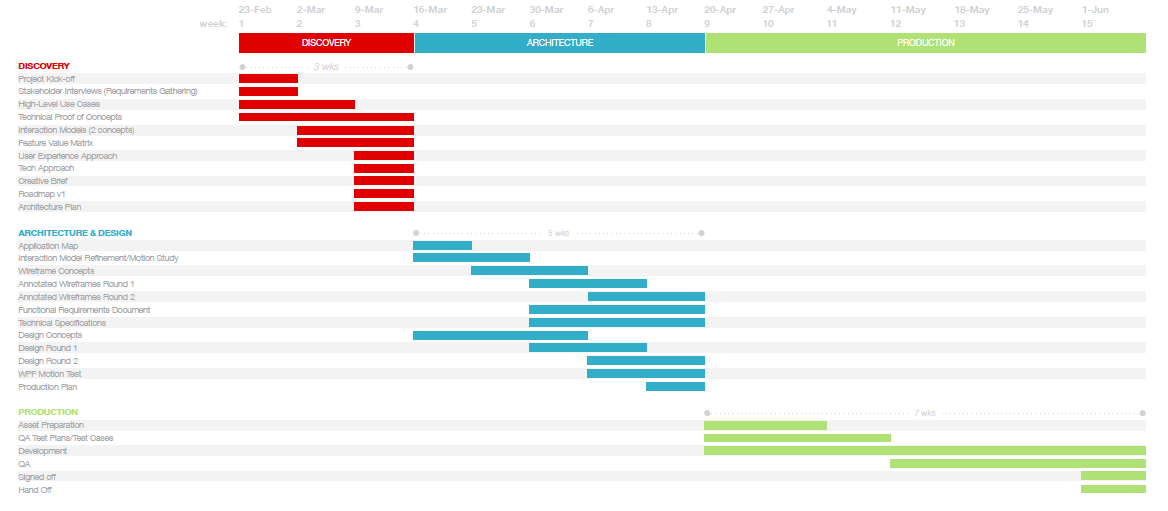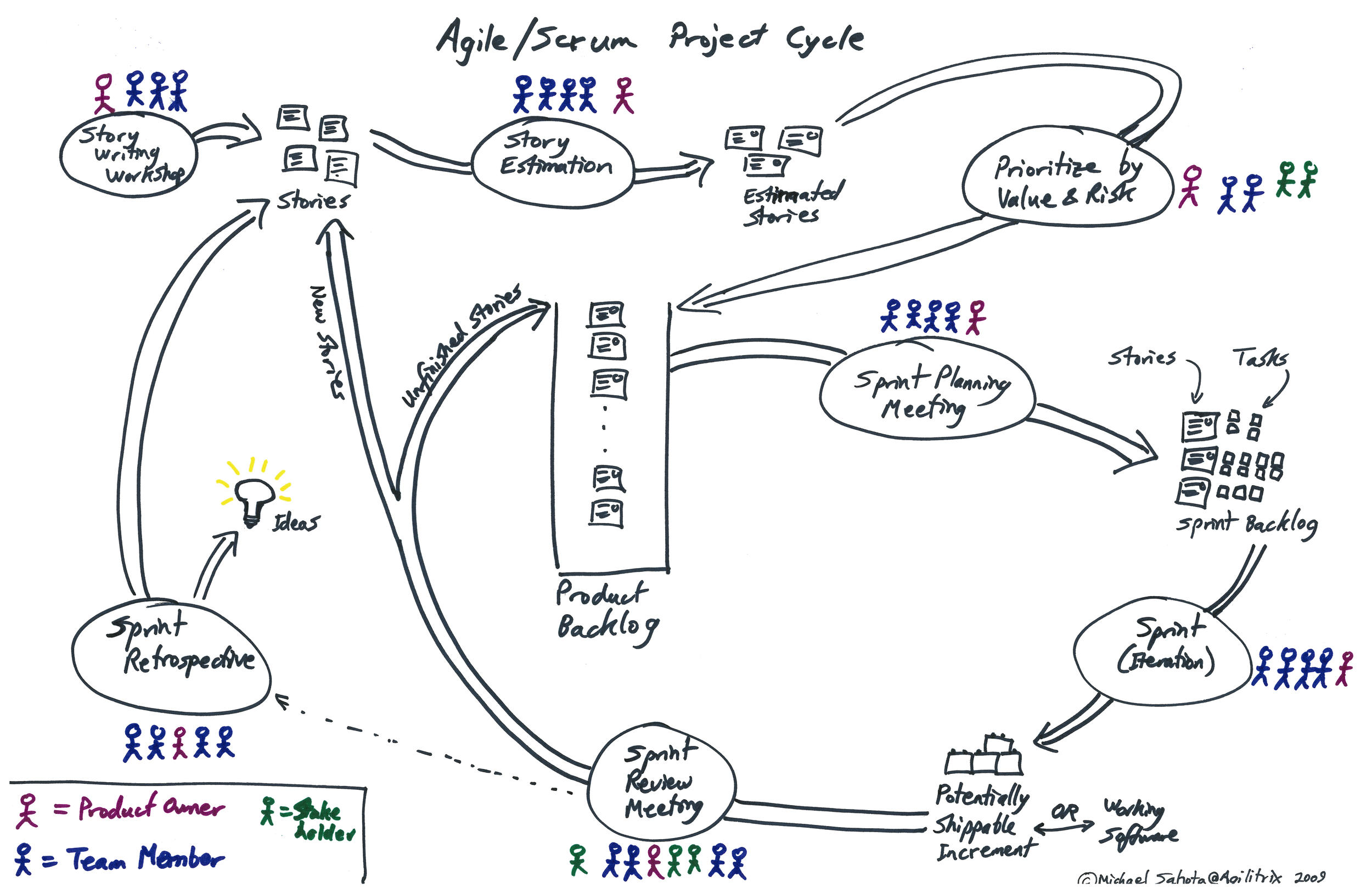During the early heydays of digital agencies, the idea of “agile” entered the lexicon as the new way to save costs and push the boundaries of technical innovation and development. As one of the most widely adopted flavors of agile, Scrum was first defined as "a flexible, holistic product development strategy where a development team works as a unit to reach a common goal" as opposed to a "traditional, sequential approach" in 1986 by Hirotaka Takeuchi and Ikujiro Nonaka in the "New New Product Development Game." They claimed this approach would increase speed and flexibility, based on case studies from manufacturing firms in the automotive, photocopier and printer industries; and they called this the holistic or rugby approach, as the whole process is performed by one cross-functional team across multiple overlapping phases, where the team "tries to go the distance as a unit, passing the ball back and forth."
More recently, in 2011, Eric Reis coined the now frequently used term the “lean startup” to describe a method for developing business and products in shorter cycles. Central to his approach is what he calls “validated learning” – or a combination of business-hypothesis-driven experimentation and iterative releases. Ries' overall claim is that if startups invest their time into incrementally building products or services to meet the needs of early customers, they can reduce the market risks and sidestep the need for large amounts of initial project funding and expensive product launches and failures. The art of doing this well is in knowing how to define the fundamental unit of testing, which Reis calls the “Minimum Viable Product” or MVP. As I am known to say, this can be half a product but it can never be a half-baked product. And, at best, the MVP captures the core value and biggest user need, so that the product grows organically out of a truly human-centered solution.
Generally, both agile and lean methodologies put primacy on rapid iterative and incremental design with a dedicated, self-organizing, multi-disciplinary team. The requirements and solutions then evolve over a time-boxed period of intense effort called a “sprint” with well-defined tasks. In both cases, estimation, storytelling, frequent communication and reporting are critical for success - and this skill set is as much art as it is science. With daily check-ins, teams can immediately and flexibly respond to issues, changes, or discoveries, before getting too far along. And by being clear about actionable metrics and a backlog of additional features, all team stakeholders can make clear, informed decisions at critical moments before deciding to push on or pivot the product.






